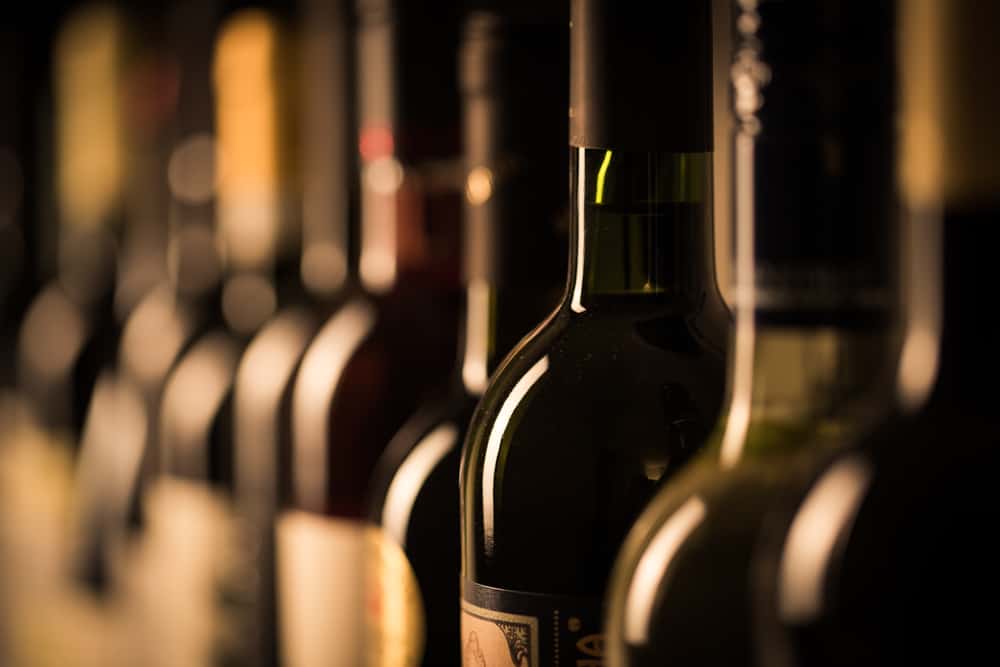New technologies are changing the way people make, store, and enjoy wine, with purchasers now relying on everything from wine recommendation software to wine cellar management apps like CellarTracker and Pixyapps VinoCellar. These technologies are making the wine experience more sophisticated and personalized, and they also align with values taking over wine and other industries. Sustainability, recycling, and accuracy of yield and other predictions are just a few aims for both winemakers and wine lovers across the globe.
Temperature Control in Transportation
Wine needs to be transported at optimal temperatures in order to maintain its quality. Currently, technologies enabling bottles to avoid overheating include the use of insulated food tankers and special cooling and cargo securing systems. The JF Hillebrand Group, meanwhile, has developed a thermal insulation film that is placed inside containers or boxes of wine. This simple yet effective method is able to successfully replace refrigerated container transport systems.
Vineyard Scanners and Multi-Spectral and Thermal Infrared Cameras
Drones and super scanners alike are typical devices used to ensure grapes are grown and harvested to perfection. Scanners currently track aspects such as nitrogen and sap flow, as well as vine wood health and color accumulation. Meanwhile, both multi-spectral and thermal infrared cameras mounted on drones are being employed to elicit exact stress levels of grapes in different areas of the vineyard. This enables wine growers to know exactly where more hydration is needed.
Grape Cell Death Measurement for Harvesting
The prediction of harvesting times once involved physically heading to specific parts of a vineyard to taste-test different batches of grapes. Today, the process is far more sophisticated, with miniature oxygen probes being inserted into grapes to measure the rate of cell death. The process of harvesting itself has made a major leap, with many winemakers using mechanical harvesters and optical sorters to process grapes more quickly than those which are picked and sorted by hand.
New Wine Processing Systems
The use of traditional oak casks continues to hold sway, but more and more manufacturers are looking into stainless steel and fiberglass, as well as staves — which can be used to manipulate the flavor of different bottles. New technologies like infrared spectrometry are being used to analyze stave tannins, boost consistency, and reduce the number of barrels requiring classification. Some companies are even using 3D printers to create earthenware wine vessels with a reputation for quality and consistency.
Technology and the Restaurant Experience
Intimacy and distance are key priorities in food venue seating these days, though dining with friends and maintaining social distance are seemingly in opposition to each other. In actuality, these priorities can be quite compatible in public settings when the right choices are made. For instance, instead of long tables for large gatherings, many establishments are choosing smaller tables for two or four. The spirit of independence is taking over wine tasting as well, with new Enomatic machines being fixtures in top restaurants across the globe. Enomatic systems essentially allow consumers to enjoy a range of high-end wines “by the glass.” The system is easy to use; you simply swipe your card and select from different bottles without having to consume the entire bottle.
The wine industry is being shaken in the best possible way, with a host of technologies pervading in everything from harvest yield predictions to the way in which wine is tested. Temperature control is guaranteed in transport and new flavors are being achieved via new methods of wine storage. Winemakers now know when to water, harvest, and process wine and the result is better quality, increased consistency, and better prediction of yield amounts.




